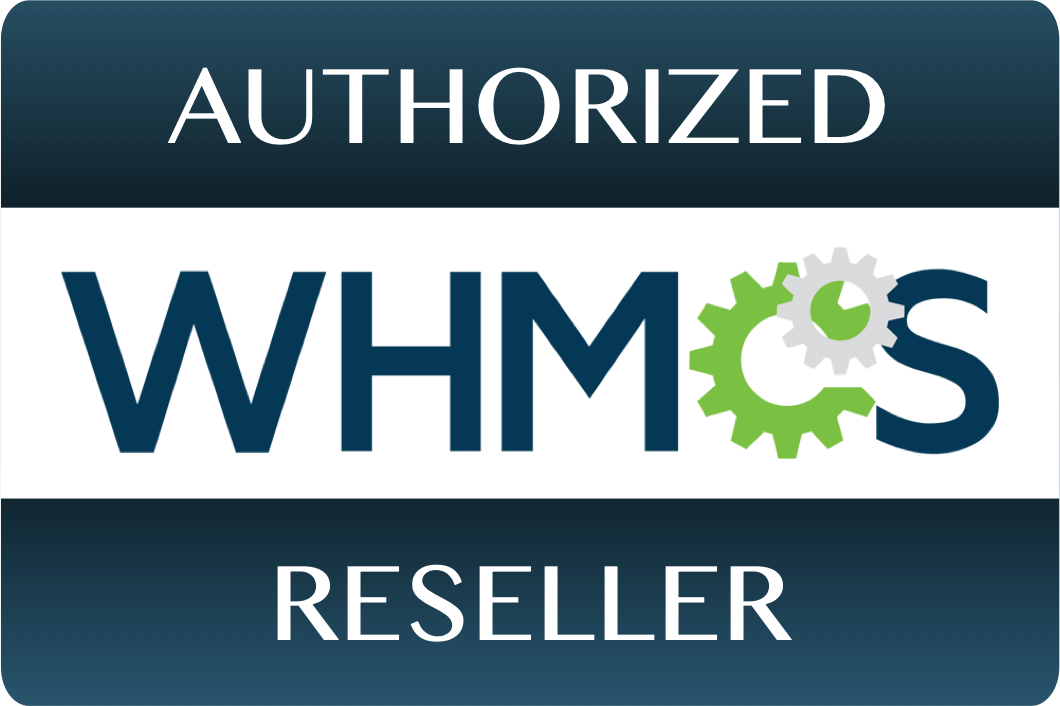If you haven’t yet, take a look at our first post on colors. This follow-up will focus more on the marketing potential in color and how to utilize that.
First off, you have probably seen a color wheel, but do you know how to utilize it? These terms may be helpful:
Color wheels are a helpful tool for assembling colors and intensities that complement each other. The hue is the brightest form of the color shown on the outside of the wheel. These are the purest form of the color and are not diluted with any white, black, or grey. Next is the tint, which has been mixed with white for a more pastel version of the same color. Third on the wheel, nearing the center, is the tone, which is the hue mixed with true grey for a more muted version. Lastly, closest to the center, is the shade which is the hue mixed with black for a rich, deep result.
Often in marketing, tints are used for female products while shades promote products geared toward men.
Think of the common colors we see around us. Pink is often associated with confectionary shops, red with fast food, calming greens with bookstores or organic markets, while blue is a common color in insurance companies and banks.
Color’s influence cannot be overstated.
The most important thing is that your design promotes readability. Blunt, complementary colors keep the text from fading into the background without contrast. For images or logos, colors schemes with the central item being the brightest color will focus attention without straining your viewers’ eyes.
Color schemes that consciously direct the eye’s path are often the most successful. For example, a website with a grey background, black text, and some red framing. If you organize the red so that it is associated with buttons, essential elements, and action, readers will be “trained” to recognize the highlighted sections as important.








